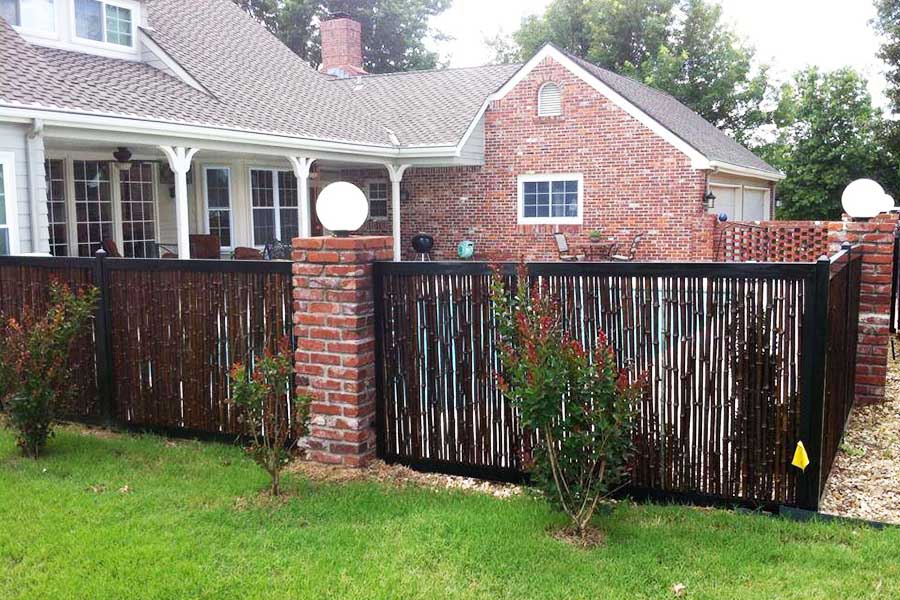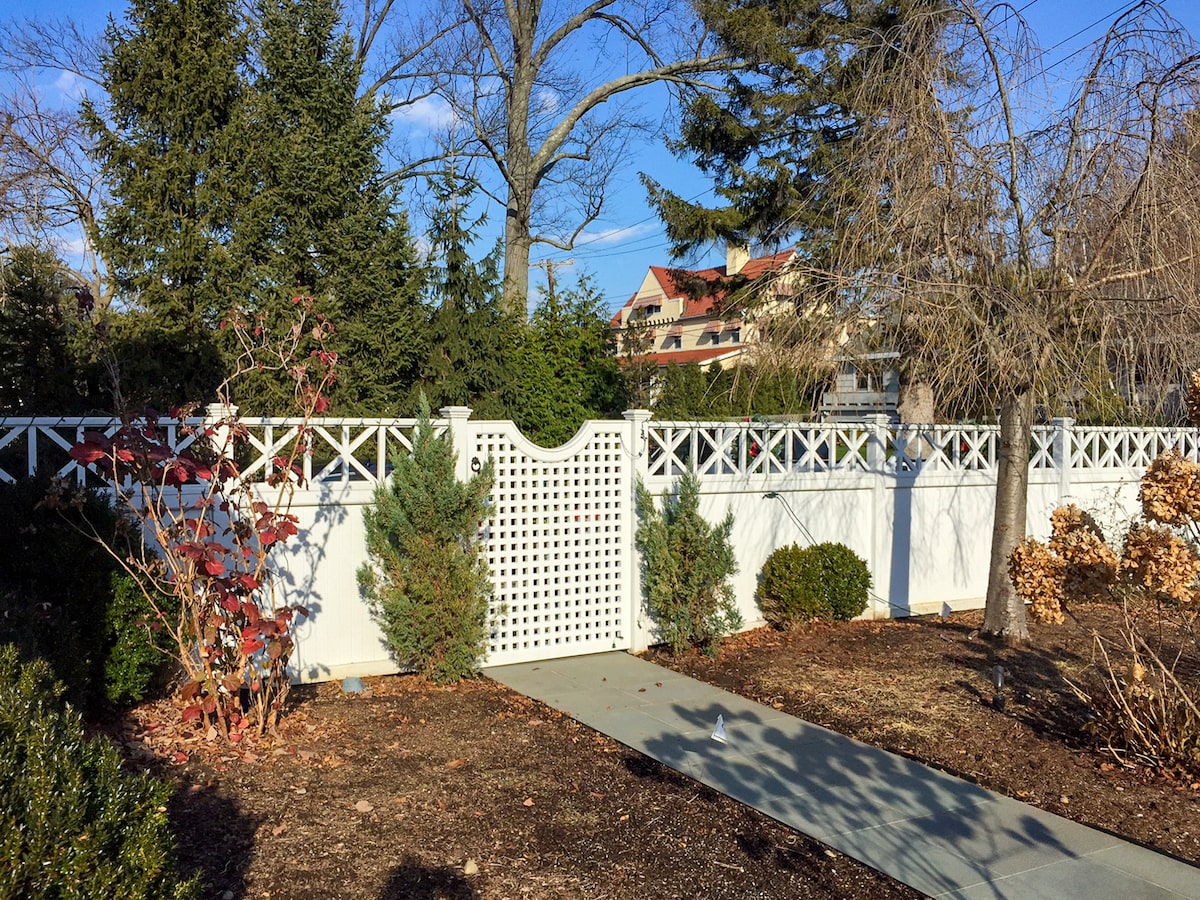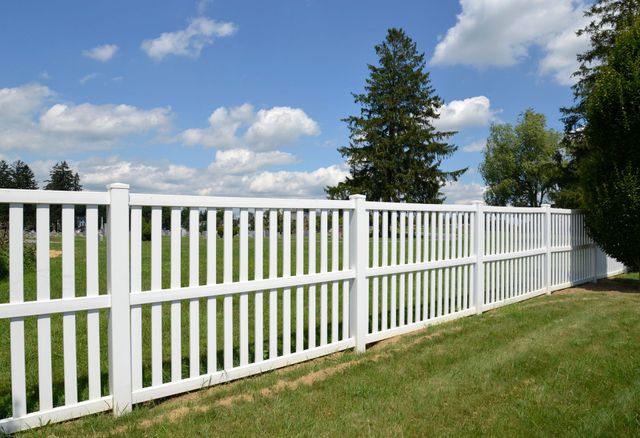All Categories
Featured

When preparing a brand-new fence for your property, it's easy to concentrate on the fundamental prices-- products, installment, and labor. Several concealed costs can dramatically affect your overall spending plan. If you're not prepared, these extra expenses frequently go unnoticed however can quickly add up. When budgeting for your fencing job., right here's an overview to some of the most typical covert expenses to consider.
- Permit Costs and Legal Demands. Before you start digging, it is essential to check if your area needs a license to install a fence. Several towns have zoning regulations that control fencing material, positioning, and elevation, particularly if you're constructing near a property line or in an area with a House owners' Association (HOA) These laws make sure the fence fulfills regional requirements, however they also feature connected expenses.
Price range: $50 to $500, relying on your location and the complexity of your task. 2. Fence Elimination and Disposal. If you're changing an existing fence, elimination and disposal of the old structure is an extra expenditure that can quickly be forgotten. Fencing removal typically includes dismantling the old fence, carrying away the products, and dealing with them correctly. Disposal fees can differ, specifically if the old materials require special delivery, such as treated timber or steel.

Expense array: $2 to $10 per direct foot for elimination and disposal, relying on the products. 3. Land Prep Work and Excavation. If the land where your fence is being set up is unequal, rough, or covered in greenery, it may require to be removed or leveled. Grading or excavation costs can add to your overall project costs, especially if you're installing articles in hard-to-dig soil.
Price array: $300 to $2,000, depending upon the site's condition. 4. Utility Line Recognition and Modifications. Prior to digging, it's important to make certain that no underground utilities, like water, gas, or electric lines, will be disturbed during the installment. Many professionals will speak to utility firms to mark these lines, however there could be added prices if modifications are required to stay clear of harmful existing infrastructure.
Cost range: $100 to $500, depending upon whether changes are essential. 5. Customized Qualities and Upgrades. While your basic fencing may include basic products, you may wish to add custom attributes like gateways, ornamental panels, or integrated lighting. Automatic gateways or protection systems are especially costly and require specialist installation. Including these extras boosts the complete cost of your fence, so make certain to factor them into your budget.

Price array: $100 to $1,500+ for gateways or features, relying on dimension and intricacy. 6. Distribution and Transport Costs. Depending upon where your products are sourced, you might be billed a separate delivery cost for transferring the fence products to your home. This is specifically typical with heavy or big orders, such as timber panels or metal fence. Delivery prices can also vary based upon the range in between the provider and your place.
Expense range: $50 to $300 for delivery, depending upon distance and the amount of materials. 7. Maintenance Prices In Time. Many kinds of fences, specifically timber fences, call for recurring upkeep to stay in great condition. Regular tasks like staining, securing, and cleansing will help lengthen the life of your fencing. Some materials, such as vinyl or steel, might be much more low-maintenance but can still sustain prices for repairs or replacements if harmed.
Annual cost range: $50 to $300 for upkeep, depending upon material and climate. 8. Weather Delays. Mother earth does not constantly coordinate with your timeline. If your setup is postponed by negative weather condition, such as rain or extreme warmth, you may encounter extra labor costs if employees require to return to finish the project at a later time. Delays can also extend the task timeline, pressing back when the fencing is prepared for usage.
Price variety: Variable, relying on exactly how long the delay lasts. 9. Home Line Disputes. Mounting a fence near to your building line can often bring about conflicts with next-door neighbors. It might be needed to employ a professional surveyor to verify the home line prior to installment if your limit is vague. This extra step guarantees you won't accidentally trespass on your neighbor's land, yet it comes with included prices.
Expense array: $400 to $1,000 for a residential property study, depending upon your location. 10. Dirt and Ground Conditions. Certain soil kinds can provide difficulties throughout installation. If your residential or commercial property has rocky, compacted, or clay-based dirt, digging holes for posts can be far more challenging, needing specific devices or even more time to finish. Harder ground conditions could also necessitate using various other or concrete reinforcing materials for included stability.
Cost array: $100 to $500 for tools or extra labor. Conclusion. When budgeting for a new fencing, it is necessary to bear in mind that the preliminary cost might not be the only expense you'll encounter. Licenses, site preparation, old fence elimination, utility modifications, and custom features can all build up. In addition, continuous upkeep and the opportunity of weather condition hold-ups or residential property line issues must be considered when estimating your total budget. By accounting for these concealed prices, you can make sure that your secure fencing task remains within budget and is completed without unforeseen financial shocks.
Latest Posts
Trusted Expenses Door Solutions for Residences and Services
Published May 24, 25
1 min read
Discover WyHy FCU – Top Benefits for Your Financial Success
Published May 24, 25
1 min read
Explore Strathmere’s Coastal Treasure: Relax, Savor, and Stay at Deauville Inn
Published May 23, 25
2 min read
More
Latest Posts
Trusted Expenses Door Solutions for Residences and Services
Published May 24, 25
1 min read
Discover WyHy FCU – Top Benefits for Your Financial Success
Published May 24, 25
1 min read
Explore Strathmere’s Coastal Treasure: Relax, Savor, and Stay at Deauville Inn
Published May 23, 25
2 min read